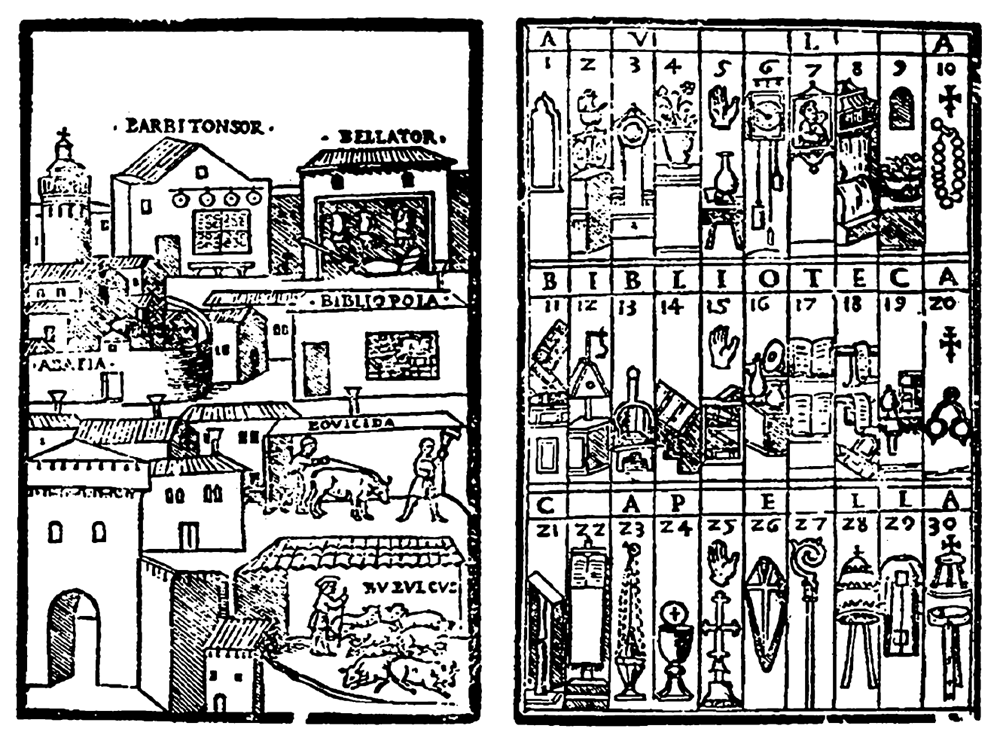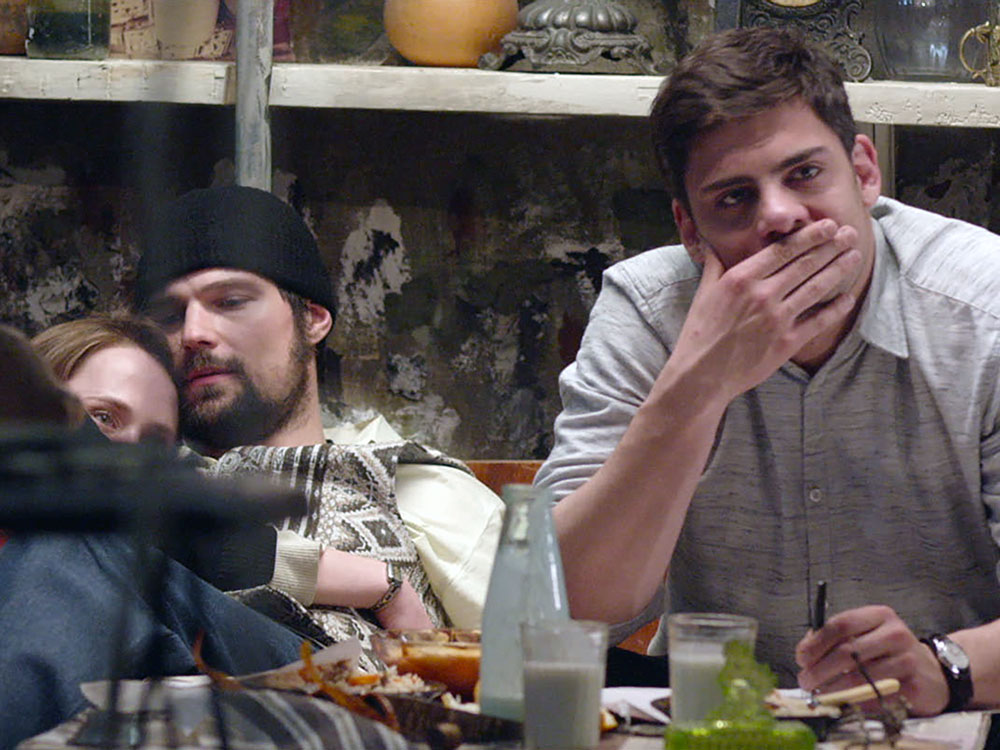Some incidents lack any form of media or visual representation, with the only available source of information being survivors’ testimony. In these instances, an investigation is reliant on the individual memories of those who speak out against the violence they have experienced, while needing to take into account the effects of trauma on cognitive processes.
Memories of violent incidents are rarely straightforward mental representations. When delivering testimony, victims of extreme violence must recall and reconstruct horrific experiences. They might remember what happened before a traumatic incident or after it, but the closer one gets to the essence of a testimony, the more elusive memory can become. Such testimonies are often riddled with memory loss – lacunae, contradictions and blackouts. It is in the failings and shortcomings of memory – in the silence, confusion, or outright error – that the trauma of the witness, and hence the catastrophic character of the events they experienced, are inscribed. Paradoxically, it is a testimony’s imperfections that bear witness to the fact of violence.
Spatial models can be effective as complex routes into memory. Building digital models together with a witness – concentrating sometimes on the most mundane of elements such as the size and location of rooms, windows, doors, and objects – and positioning the witness within this virtual environment, can lead to fragments of recollection previously obscured by violence and trauma.
Beyond the recounting of visual memories, these processes can draw on latent sensory memories of sound, smell and touch – for instance, the identifying of familiar recurring sounds and their resonances can help establish the size of a room. The model becomes a stage, on which memories can be accessed and performed.
In a manner that echoes the IMAGE-DATA COMPLEX, these fragments of memory are vital for their relations to one another, corroborating and accruing within a model that gradually takes shape. Such models are not quite evidence, nor simply testimony; rather they bring together these distinct functions.

Woodcut outlining the abbey memory system of the Dominican Johann Horst von Romberch in his Congestorium artificiose memorie from 1533. Depicted are sets of objects to be memorized in the courtyard, library, and chapel of the abbey.
An important reference point in Forensic Architecture’s work is the group of medieval mnemonic techniques known as ‘the art of memory’. Made famous by the rhetoricians and orators of antiquity such as Cicero and Quintilian, it advised orators tasked with remembering long and complex speeches to commit the spatial arrangement of known buildings to their memory or to construct new ones mentally. Every room was to be furnished with objects relating to the issues that the speaker needed to bring up. In delivering the speech, the orators would imagine themselves walking through the building and in this way recall different issues and ideas. The same building could be used for different speeches. All that was necessary was to remove one set of objects and bring in new ones, then ‘walk’ through again – although this technique could pose problems, as objects would reappear in the context of wrong speeches, haunting the building or specific rooms within it.
Exemplifying the Israeli military strategy known as ‘knock on the roof’, in the early hours of 9 January 2009, an anti-tank missile was fired at the Salha family home in Beit Lahiya, Northern Gaza. It shook the building. This supported Israel’s claim that it was providing adequate warning to civilians of an imminent attack. Three minutes later a bomb struck and destroyed the house. Six people were killed, all women and children.
On 28 August 2013, Forensic Architecture interviewed two of the surviving members of the Salha family in Gaza by satellite link. Together they constructed a 3D model of their home, piecing together the events of that night, and constructing a timeline of their movements after the first missile hit.
The investigation formed part of the UN Special Rapporteur for Counter Terrorism and Human Rights report to the UN General Assembly.
A witness, who preferred to remain anonymous, sought to deliver testimony regarding a drone strike on her house in Mir Ali, North Waziristan on 4 October 2010. Some of the details of the strike however, were obscured from her memory. Working with The European Center for Constitutional and Human Rights (ECCHR) Forensic Architecture helped the witness build a digital model of her house, furnishing it with all the elements she could recollect – doors, windows, rooms, furniture, utensils, and other objects.
A significant element for the witness was a fan. During the modelling process, she returned to it again and again. She seemed uneasy about it, repeatedly adjusting its location. Initially, she placed it as a ceiling-mounted ventilator. Later, she asked to place it as a freestanding fan inside the room. A few moments later, she again shifted its location, taking it outside and placing it within a small courtyard. When ‘walking’ through the model in the digital aftermath of the strike, she recalled that she had found human flesh on the fan’s blades.










no. 236848.